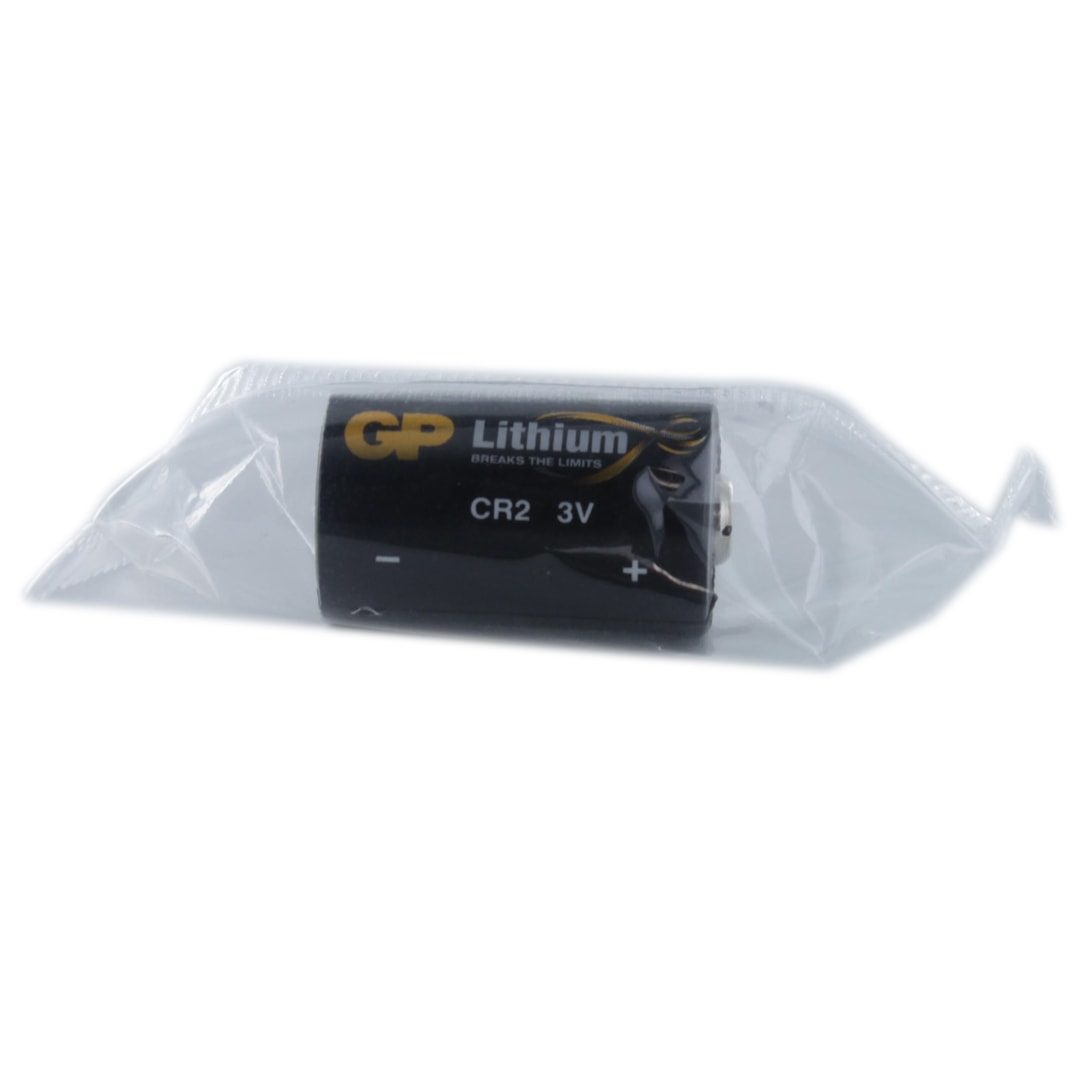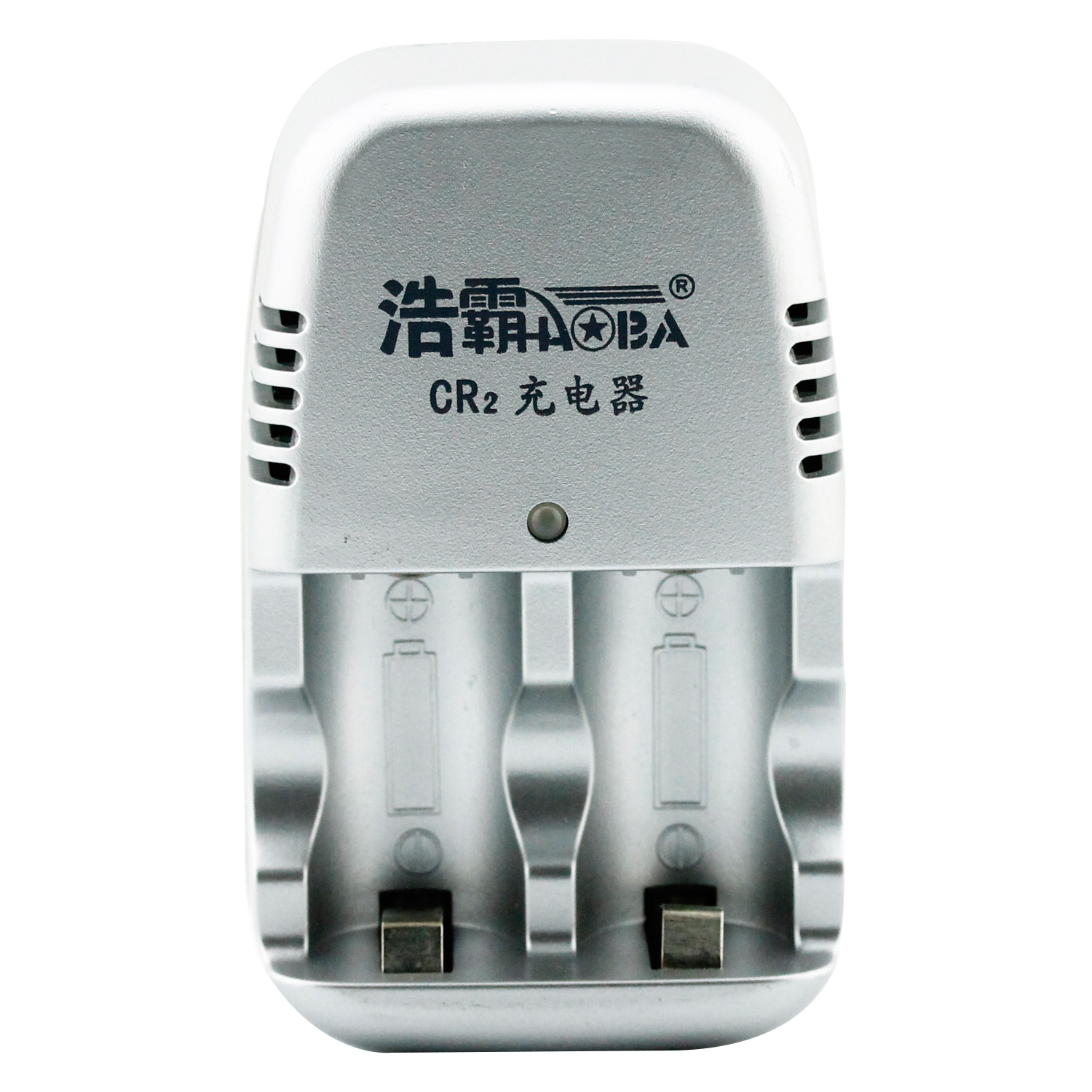

These batteries do share a few similarities in that they are both made using lithium manganese dioxide and they are both 3 volt batteries.Ĭlick Here To Shop Online For CR123A Batteries
#Cr2 battery dimensions full#
In addition the CR123A battery will deliver on average about 50% more output than the CR2 battery, meaning that even if you did manage to seat a CR2 battery into a device that uses a CR123A, it would not be able deliver the full power required and your device will either function poorly or not at all. The CR2 battery is slightly shorter than the CR123A battery and will not fit in most applications that require a CR123A battery. The CR2 battery is not the same as the CR123A battery. You will see a longer single-use life with the non-rechargeable version, but will save money in the long run using the rechargeable CR2 battery. These rechargeable versions of the CR2 battery tend to have a slightly lower capacity (lower mAh) than the non-rechargeable versions, but will still fit in and power the same devices. Rechargeable or secondary versions of the CR2 battery are the 15270 battery and the 15266 battery. These batteries are all direct replacements for the CR2 battery, and are all considered primary or non-rechargeable batteries. What Battery Is Equivalent To The CR2 Battery?ĭirect replacements and equivalents for the CR2 battery could be, DLCR2, KCR2, ECR2 1CR2, and 5046LC. Basically, how long your CR2 battery will last depends on what you need it to do. For a more passive usage, such as in a home security alarm panel, service life can be over a year with the right conditions. For a frequent application that requires large amounts of energy, such as for a high lumen flashlight, a CR2 battery could last less than a month. Assuming that the battery is fresh and purchased from a reliable source, there is still a large range of service life depending on the usage.

How long a CR2 battery lasts depends greatly on the manufacturing quality and the application of the battery. Using an incorrect or incompatible charger for your CR2 battery can cause the battery malfunction or not work at all. Even when using a well made rechargeable-battery, it is important to use the correct charger to ensure no issues occur. It is very important that you determine if a CR2 battery is a “primary battery” or a “secondary battery.” Attempting to recharge a non-rechargeable battery (especially a lithium battery) can cause a fire, explosion, or destruction of your charger/device. Rechargeable batteries are also known as “secondary batteries” while non-rechargeable, or single-use CR2 batteries, and known as “primary batteries”.

Usually the label of a CR2 battery will indicate if that specific battery is rechargeable or not. Many of our customers who contact us ask “Are CR2 Batteries Rechargeable?” Most CR2 batteries are not rechargeable while some are. Technical Specifications Of The CR2 Battery This article will tell you everything you may need to know about the CR2 battery.Ĭlick Here To Shop Online For CR2 BatteriesĬlick Here To Shop Online For All Lithium Batteries They are produced by a variety of large and small brands such as Panasonic, Duracell, and Energizer. Having so many uses makes this battery very popular and thus, sometimes hard to find in stock. They are mostly used in cameras which require a high power lithium battery as well as many industrial applications. These batteries have a wide variety of applications. In simple terms, the CR2 battery looks like a smaller version of a D Cell Battery, or for simpler reference almost like a can. See Battery chemistry for a list of other electrochemical systems.The CR2 Battery is a cylindrical cell battery that has a lithium chemistry. The following tables give the common battery chemistry types for the current common sizes of batteries. For example, a CR123 battery is always LiMnO 2 ('Lithium') chemistry, in addition to its unique size. The full battery designation identifies not only the size, shape and terminal layout of the battery but also the chemistry (and therefore the voltage per cell) and the number of cells in the battery. The same physically interchangeable cell size or battery size may have widely different characteristics physical interchangeability is not the sole factor in substituting a battery. The complete nomenclature for a battery specifies size, chemistry, terminal arrangement, and special characteristics. This is a list of the sizes, shapes, and general characteristics of some common primary and secondary battery types in household, automotive and light industrial use.ģLR12 (4.5-volt), D, C, AA, AAA, AAAA (1.5-volt), A23 (12-volt), PP3 (9-volt), CR2032 (3-volt), and LR44 (1.5-volt) batteries


 0 kommentar(er)
0 kommentar(er)
